Optimal Seasons for Foundation Repairs
Foundation repairs are most effectively performed during specific times of the year when weather conditions are favorable. Proper timing can ensure the stability of the ground and allow for optimal curing and settling of repair materials. Typically, the best seasons for foundation work are spring and early summer, when soil moisture levels are moderate and consistent.
Extreme weather conditions, such as heavy rain or freezing temperatures, can hinder repair processes and compromise the integrity of the work. Planning repairs during periods of stable weather reduces the risk of future issues related to soil movement or moisture fluctuations.
Spring offers moderate temperatures and soil moisture, making it ideal for foundation repairs. It allows the ground to settle evenly after winter.
Early summer provides warm weather and stable soil conditions, but excessive heat or drought can cause soil shrinkage, affecting repair outcomes.
Cold temperatures and frozen ground make foundation repairs difficult and less effective. Repairs are best postponed until conditions improve.
Early fall can be suitable if the weather remains mild. However, increasing moisture from rain can complicate repair work.
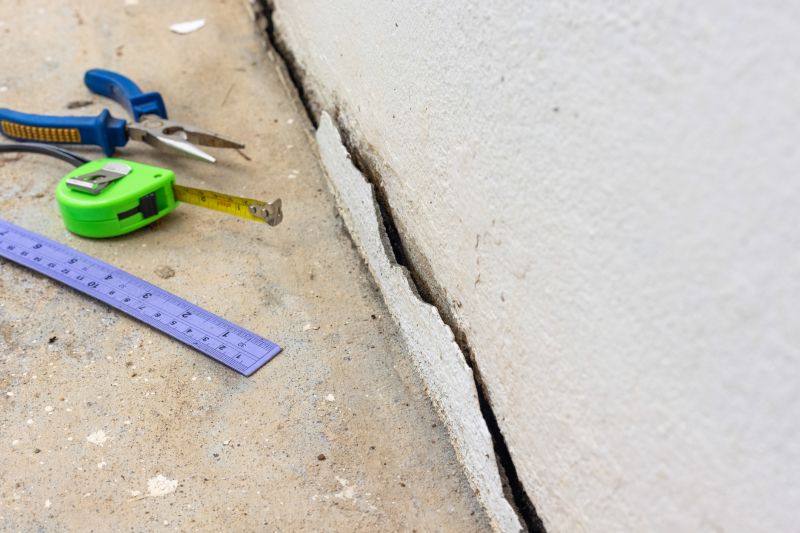
Ways to make Foundation Repairs work in tight or awkward layouts.
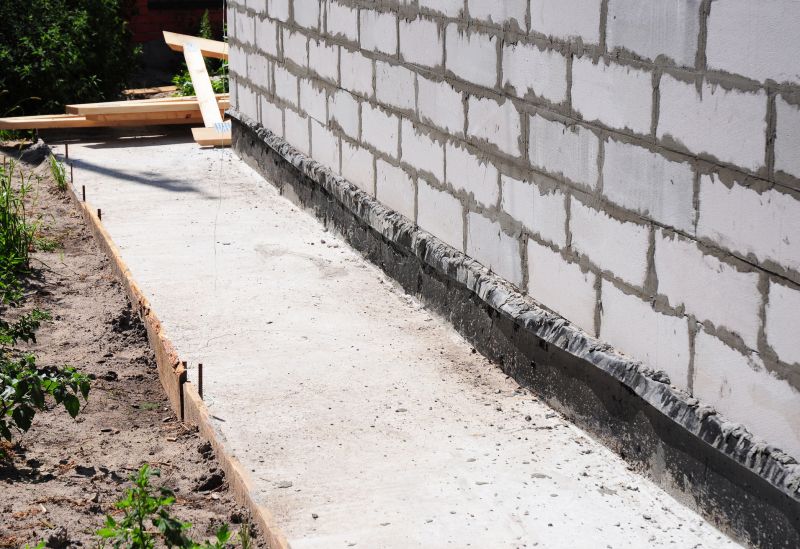
Popular materials for Foundation Repairs and why they hold up over time.

Simple add-ons that improve Foundation Repairs without blowing the budget.
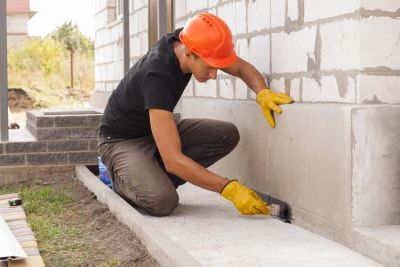
High-end options that actually feel worth it for Foundation Repairs.
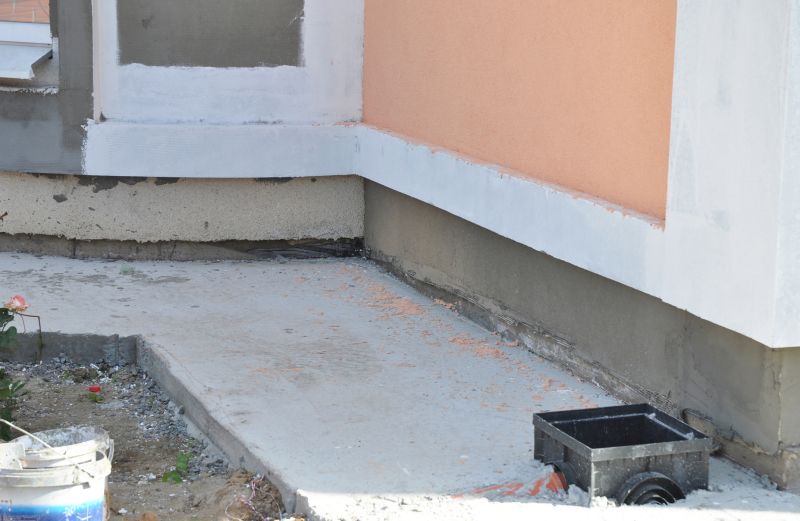
Finishes and colors that play nicely with Foundation Repairs.
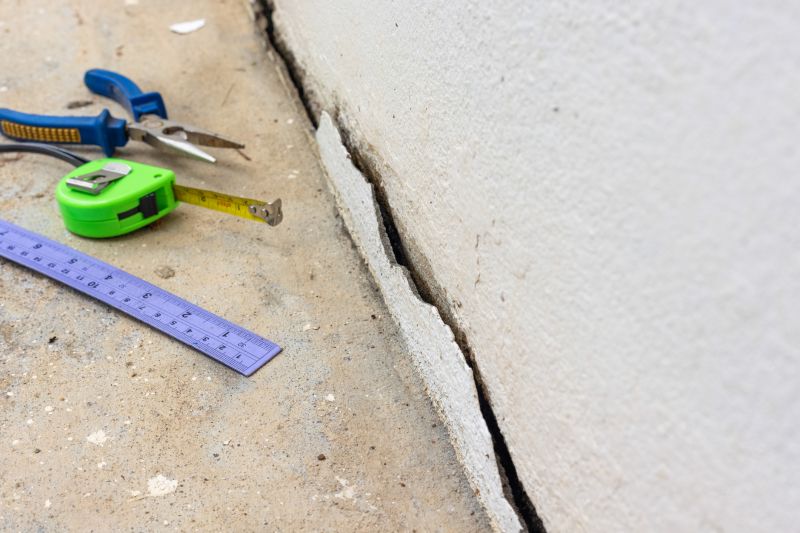
Little measurements that prevent headaches on Foundation Repairs day.
| Season | Optimal Conditions |
|---|---|
| Spring | Moderate temperatures and soil moisture, ideal for repairs. |
| Summer | Warm and stable weather, but watch for drought conditions. |
| Fall | Mild weather early in the season; avoid heavy rain periods. |
| Winter | Frozen ground and cold temperatures make repairs unsuitable. |
Foundation repairs involve addressing issues such as settling, cracking, and shifting that can compromise the stability of a structure. Timely repairs can prevent more extensive damage and costly repairs in the future. Proper assessment of soil conditions, weather patterns, and the extent of foundation damage are crucial in determining the best time to undertake repairs. Seasonal considerations help ensure that the repair materials cure properly and that the ground remains stable during the process.
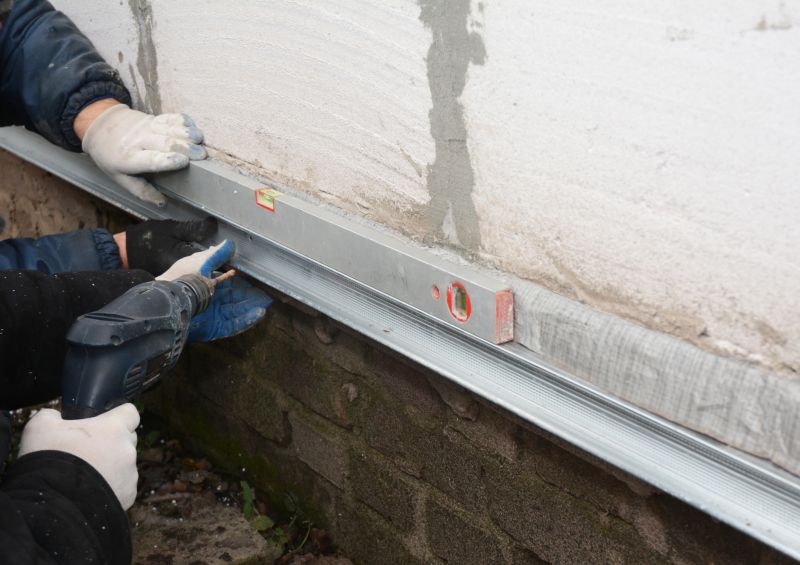
A 60-second routine that keeps Foundation Repairs looking new.

A frequent mistake in Foundation Repairs and how to dodge it.
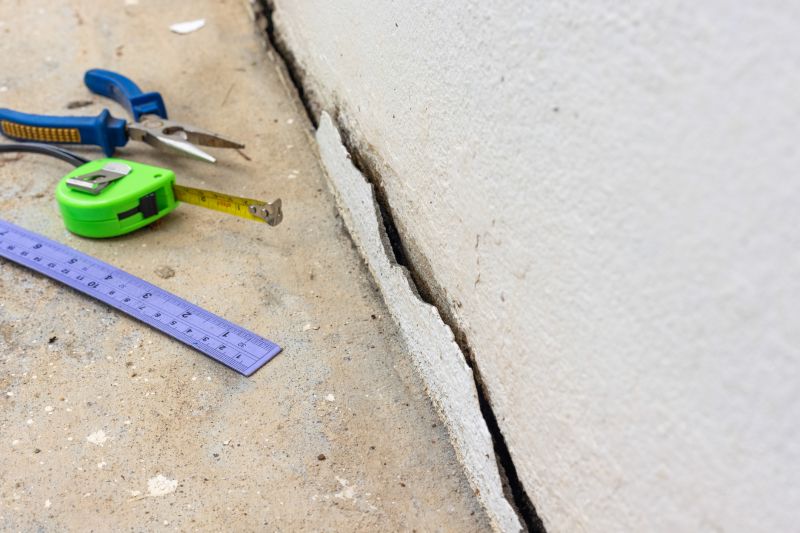
Small tweaks to make Foundation Repairs safer and easier to use.

Lower-waste or water-saving choices for Foundation Repairs.
Interested in foundation repairs? Filling out the contact form can provide more information tailored to specific needs and conditions. Professional assessment ensures the most effective timing and methods for foundation stabilization and repair work.


